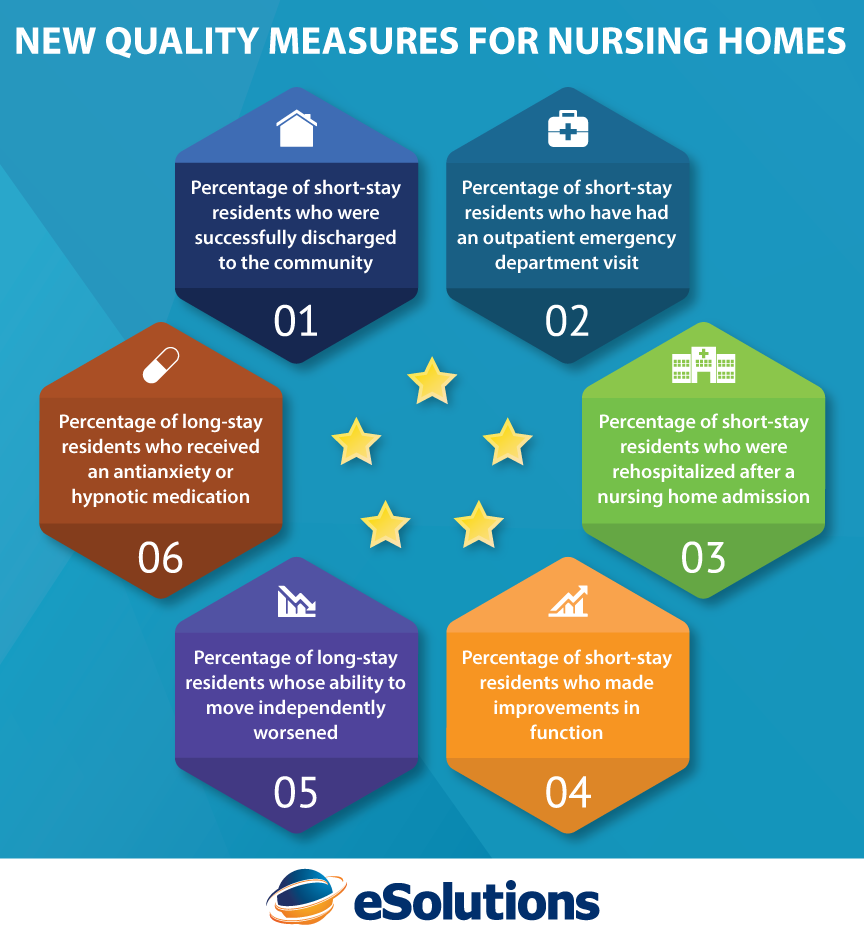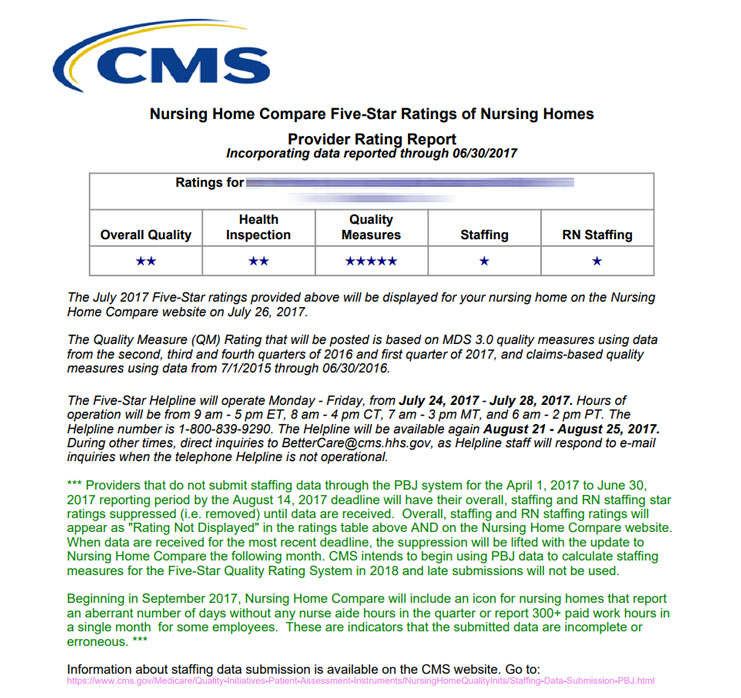

Based upon roughly 400,000 hospital admissions and 60,000 linked admissions to nursing homes: Hospital claims also included whether the pressure ulcer was the primary reason for admission or a secondary diagnosis – a co-morbidity not necessarily related to the need for hospitalization.

The patients' subsequent hospitalization records, which recorded the presence or absence of pressure ulcers while hospitalized while a nursing home resident, was linked to their MDS.

The Minimum Data Set (MDS) examinations are repeated every three months and at discharge. Whether admitted for a short or long stay, these patients must undergo a “present-on-admission” examination, including the presence and extent of pressure ulcers. The researchers used data on patients admitted to a nursing home between 20. This requires not only coordination but one, or more frequently, two nurses or nurses’ aides this is very labor intensive and, in some ways, is the canary in the nursing homes’ coal mine of quality care.
Cms nursing home compare reports driver#
The risk and management of pressure ulcers can be mitigated by reducing the impact of the mattress, using air or water mattresses to distribute the body pressure and by supranormal levels of oxygen, to increase the oxygen getting to these tissues, delivered by placing the patient in a hyperbaric chamber – like those used for SCUBA divers with the bends.īut because the primary driver of pressure ulcers is immobility, turning and repositioning patients is the mainstay of prevention and care - needed every 2 or 3 hours, 24 hours a day, seven days a week. Pressure ulcers are not pretty in these later stages.
Cms nursing home compare reports skin#
There is a grading system for these ulcers as they redden the skin (Stage 1) to erode through the skin into the underlying soft tissue and finally expose muscles or bones (Stage 4). Two other factors promote pressure ulcers, the friction and shear forces of the body’s movement against the mattress. The swelling associated with the infection can extend the sore by further reducing blood flow. The wounds form because of the constant pressure of the body’s bony parts and the bed-the pressure results in lessening blood flow, which in turn causes local tissue death and infection. Pressure ulcers are a problem of the debilitated, and they require care to prevent and treat these wounds. This may be due to a stroke, muscle loss associated with aging (sarcopenia), or excessive weight. These occur in individuals that are increasingly not mobile. Before jumping into the study, let me say a few words about bed sores, or as we call them in the trade, pressure ulcers.


 0 kommentar(er)
0 kommentar(er)
